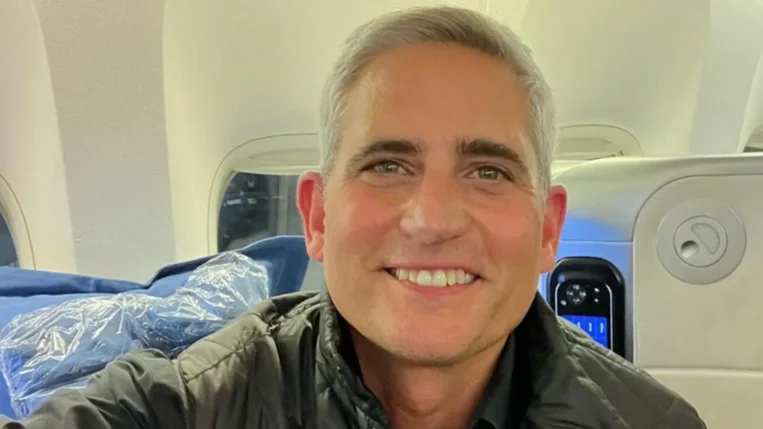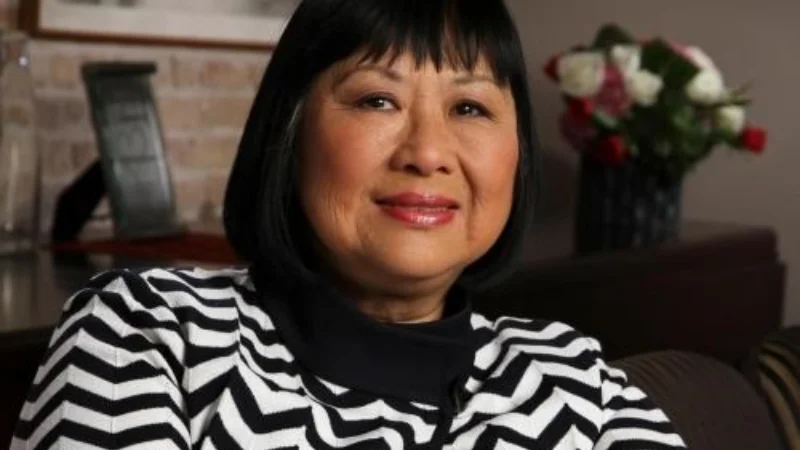The European Union Aviation Safety Agency (EASA) has provided insights into its certification process for new aircraft, including significant derivatives like the Airbus A321XLR. EASA clarified that every new aircraft must obtain a type certificate (TC) to operate flights within the European Union (EU) and the European Free Trade Association (EFTA).
Certification applies not only to commercial aircraft but also to general aviation, rotorcraft, balloons, and electric vertical takeoff and landing (eVTOL) aircraft. "EASA is the responsible authority for certifying aircraft designed in the EASA member states," an agency representative stated.
The certification process involves two main steps: evaluating the product – the aircraft – and assessing the design organization – the manufacturer. Manufacturers are required to demonstrate that their procedures, competencies, and resources comply with EASA's regulations.
 Alerts Sign-up
Alerts Sign-up







